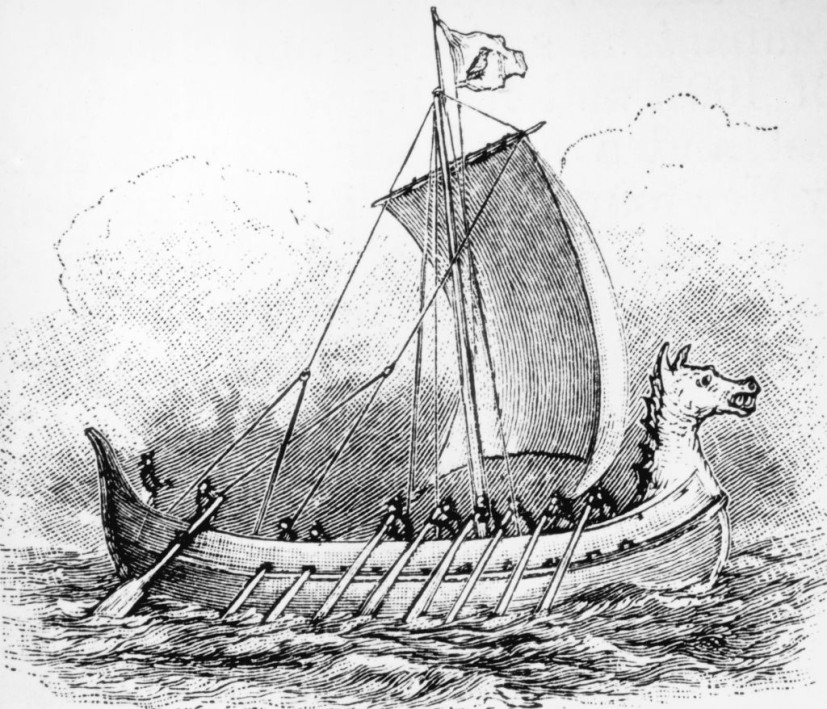Archaeologists have recently unearthed what is believed to be the oldest ship burial in Scandinavia. It was found within the municipality of Leka in the northern region of Norway's Trøndelag county during a surveying mission undertaken by a small team of archaeologists sent by the Norwegian Directorate for Culture Heritage.
The group was trying to validate initial suspicions of the mound being a ship burial site after remnants of the vessels were found in the area. Eventually, the archaeologists confirmed that it was indeed a burial site and dated the mound to be over 1,300 years old, Norway's oldest.

History Behind the Ship Burial Mound
A ship burial refers to a traditional custom of entombing the dead within their ship and eventually under a mound. This was done as part of a belief that doing so would ensure the deceased individual's journey to the afterlife would be out of harm's way.
Measuring an enormous 197 feet in diameter, the Herlaugshaugen burial had already been the subject of three prior excavations that spanned across the 1800s, but all the findings mysteriously disappeared from the site in the 1920s.
The team of archaeologists believes the mound was made around 700 AD, amidst the Merovingian period that spanned from 550 to 880 AD, which means it existed way before the Viking Age. One other important ancient burial dated within the Merovingian period is the Anglo-Saxon graveyard discovered in 1938 at England's Sutton Hoo archaeological site.
Read Also : Oldest Painted Wooden Saddle Unearthed in Mongolian Tomb Reveals Insights on Medieval Equestrianism Origins
A Monumental Find Providing Insights on Scandinavian Maritime History
According to the excavation's manager from the Norwegian University of Science & Technology, Geir Grønnesby, the unearthing of the Herlaugshaugen ship burial is very significant for Scandinavian archaeologists because it rewrites previous notions regarding ship burials.
"It tells us that people from this area were skilled seafarers-they could build big ships-much earlier than we previously thought," he added, which for Grønnesby, means that Scandinavian maritime expeditions also started way earlier than previously thought.
He also explained that this may be the case because burial mounds were "a symbol of power and wealth," a kind of "wealth" that can not be obtained solely through "farming in Ytre Namdalen."
In either case, much is left to be found. In fact, several other burial sites that comprise up to 10% of Norway's large burial mounds have been located near the Herlaugshaugen site, most of which have not been inspected yet.